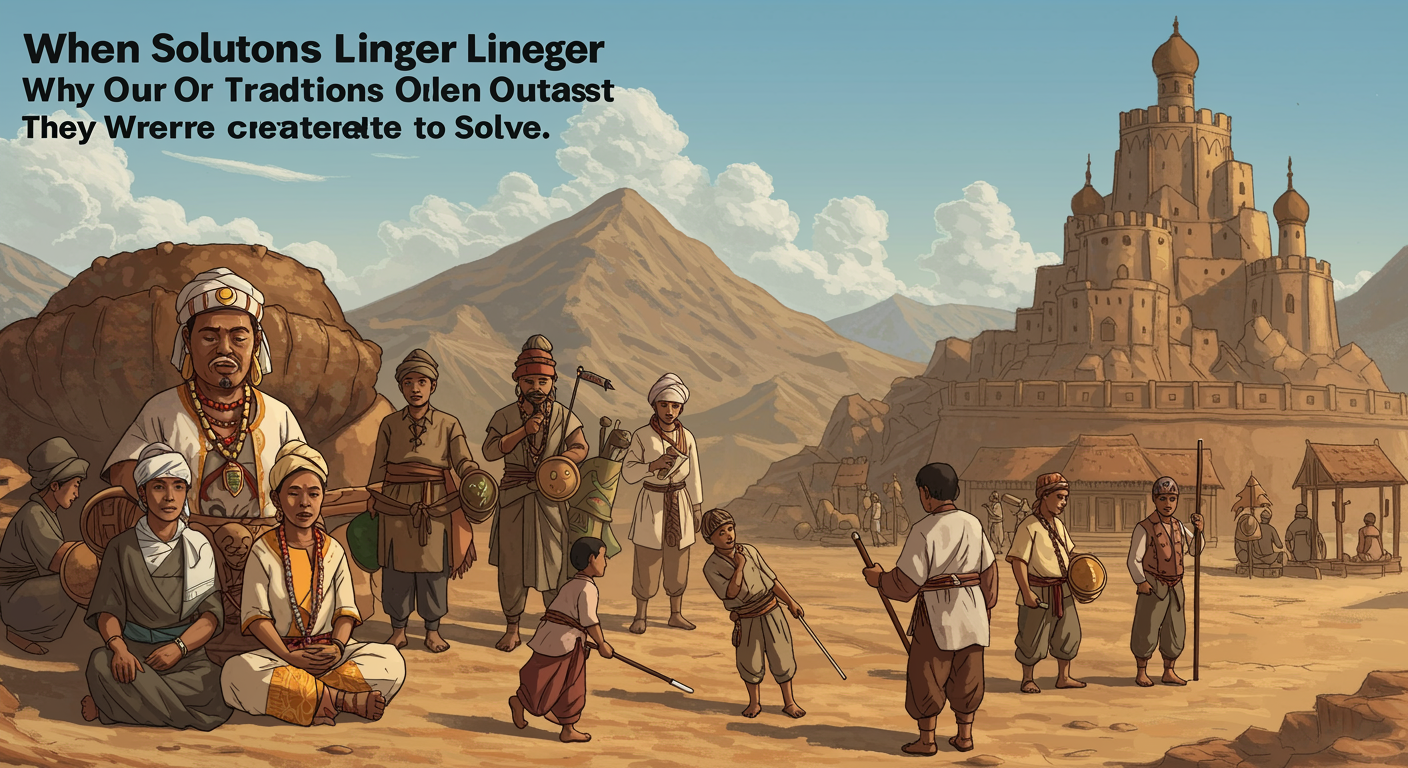
Have you ever stopped to consider why we do certain things that, on the surface, seem to make little sense? Take, for instance, the ceremonial clinking of glasses before a toast. Or perhaps the decorative, yet seemingly functionless, buttons found on the sleeves of men’s suits. These aren’t random acts; they are often echoes of ingenious, practical solutions devised by past generations to address specific challenges. What’s curious is that while the original problems these customs solved have long since faded into history, the traditions themselves persist, woven into the fabric of our daily lives.
This phenomenon isn’t just a quirk of human behavior; it’s a profound insight into the enduring nature of culture and society. It highlights how practices, once born of necessity, can transcend their initial purpose, becoming ingrained rituals that shape our identities and bind us together. Understanding this stickiness of tradition offers a fascinating lens through which to view human societies, past and present.
Many traditions begin their lives as direct responses to pressing needs. Consider the seemingly trivial suit sleeve buttons. Historical accounts suggest various origins, one popular theory being that Napoleon Bonaparte ordered buttons sewn onto soldiers’ sleeves to prevent them from wiping their noses on their cuffs. Another posits that doctors used them to secure their cuffs while performing surgery, keeping them out of the way and clean. Regardless of the exact origin, the buttons were, at one point, a practical feature addressing hygiene or utility. Today, their functional purpose is almost entirely lost, yet they remain a standard design element, often purely aesthetic.
The persistence of these practices can be attributed to several overlapping factors. First, there’s the sheer power of social learning. Humans are exceptional imitators. From a young age, we observe and adopt the behaviors of those around us. If everyone in our social circle clinks glasses before drinking, we learn to do the same, often without questioning why. This imitative drive is a cornerstone of cultural transmission, efficiently passing on behaviors across generations, even when their rationale is no longer evident.
Furthermore, traditions are potent symbols of group identity and belonging. When you partake in a ritual, even a minor one, you are affirming your connection to a larger collective. The act of clinking glasses, originally perhaps to spill a little drink into each other’s cups to prove there was no poison, has evolved into a gesture of camaraderie and shared celebration. The original problem of potential poisoning has largely vanished in many contexts, but the social function of affirming trust and unity has taken its place. The tradition now serves a new, equally vital, purpose in reinforcing group cohesion.
This adaptive evolution of meaning is critical. A tradition might shed its original utility but gain new symbolic weight. Think of the elaborate wedding ceremonies in many human cultures. While some elements might have originated from practical concerns like dowries or property transfers, many have evolved into symbolic affirmations of love, commitment, and community blessing. The core acts remain, but their narrative shifts, allowing them to remain relevant and meaningful even as society progresses.
Resistance to change also plays a significant role. Disrupting an established tradition can be surprisingly challenging. It often requires concerted effort, can evoke discomfort, and might even be perceived as disrespectful to ancestors or cultural heritage. The path of least resistance is often to continue the familiar. It’s like a well-worn path in a forest; even if a new, more efficient route appears, people will often stick to the old one out of habit, comfort, and the shared knowledge of its existence. This cognitive inertia is a powerful force in maintaining social norms.
Moreover, traditions provide a sense of continuity and stability in an ever-changing world. They ground us, connecting us to our past and providing a predictable framework for certain aspects of life. In a world full of uncertainty, the comfort of repeating familiar rituals can be deeply reassuring. This psychological anchoring contributes significantly to their longevity, transforming practices from mere solutions into vital pillars of cultural stability.
So, the next time you find yourself participating in a tradition that seems a little odd, pause for a moment. Instead of dismissing it as arbitrary, consider its history. What problem might it have solved for your ancestors? And how has its meaning evolved over time to continue serving your society today? These enduring echoes of past solutions are not just relics; they are living testaments to the ingenuity, adaptability, and deep-seated social needs of human beings. They remind us that our shared culture is a dynamic, complex tapestry, constantly reweaving threads from the past into the patterns of the present.